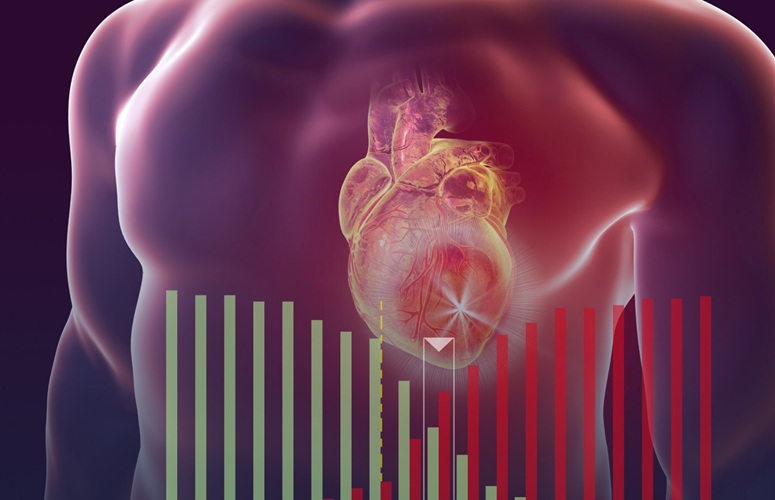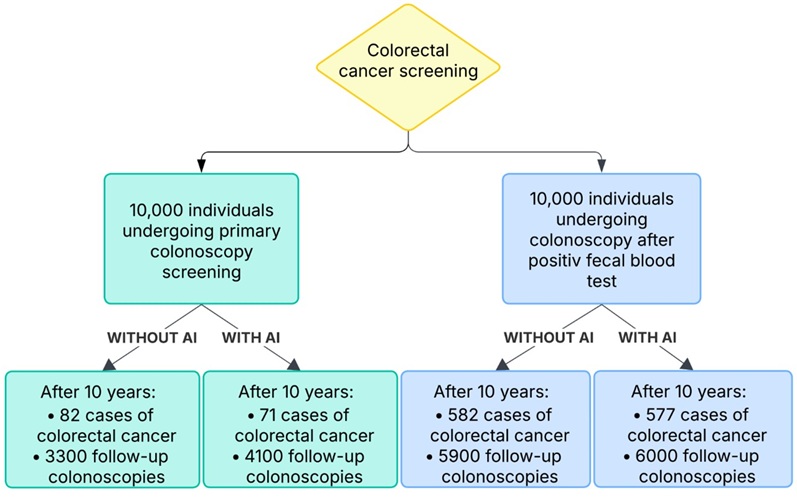Light-Driven Micro-Robot Designed to Swim Autonomously in Viscous Liquids Could Be Used for Unblocking Blood Vessels
|
By HospiMedica International staff writers Posted on 09 Oct 2024 |

A glimpse through an optical microscope unveils a hidden universe full of life. Microorganisms have evolved ingenious ways to navigate their thick, viscous environments. For instance, E. coli bacteria rotate like corkscrews, cilia move in synchronized waves, and flagella use a whip-like motion to propel forward. Swimming at the microscale, however, is like trying to swim through honey due to the dominance of viscous forces. Since 1977, when physicist Edward Purcell first introduced the concept, scientists have been intrigued by the unique challenges of microscale swimming. Purcell imagined a toroidal shape—a doughnut-like form—as potentially enhancing how microscopic organisms navigate environments where viscous forces overwhelm and inertial forces are negligible, a condition known as the Stokes regime or low Reynolds number limit. Despite its promise, no toroidal swimmer has been demonstrated until now. In a groundbreaking achievement, scientists have now unveiled the first toroidal, light-driven micro-robot capable of autonomous movement in viscous fluids, such as mucus. This marks a significant advancement in the development of micro-robots designed to navigate complex environments, with potential applications in medicine.
The core of this pioneering research, conducted by scientists from Tampere University (Tampere, Finland) and Anhui Jianzhu University (Hefei, China), involves a synthetic material called liquid crystalline elastomer, which responds to stimuli such as laser light. When heated, this material rotates on its own due to a unique zero-elastic-energy mode (ZEEM), created by the interaction of static and dynamic forces. This innovation in toroidal design simplifies the control of swimming robots by eliminating the need for complicated architectures. Using a single beam of light to trigger non-reciprocal motion, these micro-robots harness ZEEM to autonomously control their movements. This allows for three-dimensional swimming in the Stokes regime, facilitating the exploration of confined spaces such as microfluidic environments. Additionally, these toroidal robots can switch between rolling and self-propulsion modes to better adapt to different surroundings.
The researchers emphasize that this discovery is a major leap forward in the field of soft robotics and opens the door to developing micro-robots capable of navigating complex environments. Future studies will likely focus on interactions and collective dynamics among multiple toroidal robots, potentially leading to new methods of communication between these intelligent micro-robots. The findings, recently published in Nature Materials, are the culmination of two major research projects. The first, STORM-BOTS, aims to train a new generation of researchers in soft robotics with a focus on liquid crystal elastomers. This project seeks to develop light-driven soft robots that move efficiently in both air and water. The second project, ONLINE, investigates non-equilibrium soft actuator systems to enable self-sustained motion, facilitating new robotic functions such as locomotion, interaction, and communication.
Latest Surgical Techniques News
- New Transcatheter Valve Found Safe and Effective for Treating Aortic Regurgitation
- Minimally Invasive Valve Repair Reduces Hospitalizations in Severe Tricuspid Regurgitation Patients
- Tiny Robotic Tools Powered by Magnetic Fields to Enable Minimally Invasive Brain Surgery
- Magnetic Tweezers Make Robotic Surgery Safer and More Precise
- AI-Powered Surgical Planning Tool Improves Pre-Op Planning
- Novel Sensing System Restores Missing Sense of Touch in Minimally Invasive Surgery
- Headset-Based AR Navigation System Improves EVD Placement
- Higher Electrode Density Improves Epilepsy Surgery by Pinpointing Where Seizures Begin
- Open-Source Tool Optimizes Placement of Visual Brain Implants
- Easy-To-Apply Gel Could Prevent Formation of Post-Surgical Abdominal Adhesions
- Groundbreaking Leadless Pacemaker to Prevent Invasive Surgeries for Children
- Spectroscopy Technique Improves Surgery for Pediatric Epilepsy Patients
- Bioengineered Arteries Show Promise for Cardiovascular Surgery
- Online Tool Guides Surgical Decisions for Gallbladder Cancer
- Innovative Technology Enables Rapid Life-Saving Surgical Leak Detection
- First-Of-Its-Kind Bioresorbable Implant to Help Children with Rare Respiratory Disease
Channels
Artificial Intelligence
view channel
Innovative Risk Score Predicts Heart Attack or Stroke in Kidney Transplant Candidates
Heart researchers have utilized an innovative risk assessment score to accurately predict whether patients being evaluated for kidney transplants are at risk for future major cardiac events, such as a... Read more
AI Algorithm Detects Early-Stage Metabolic-Associated Steatotic Liver Disease Using EHRs
Liver disease, which is treatable when detected early, often goes unnoticed until it reaches advanced stages. Metabolic-associated steatotic liver disease (MASLD), the most prevalent form of liver disease,... Read moreCritical Care
view channel
AI Eye Scans Could Help Identify Heart Disease and Stroke Risk
New research has explored the advantages of utilizing artificial intelligence (AI) retinal imaging for screening cardiovascular diseases in general practice (GP) clinics and highlighted areas where improvements... Read more
Digital Heart Twin Improves Diagnosis and Treatment of Cardiac Arrhythmias
Millions of individuals around the globe suffer from cardiac arrhythmias. Traditionally, electrocardiography (ECG) has been used to detect premature ventricular contractions (PVCs), one of the most common... Read more
First-Of-Its-Kind AI-Powered Probability Scoring System Assesses Heart Failure with Preserved Ejection Fraction
Heart failure with preserved ejection fraction (HFpEF) is one of the most difficult types of heart failure to diagnose due to the intricate interaction between various clinical and echocardiographic factors.... Read morePatient Care
view channel
Portable Biosensor Platform to Reduce Hospital-Acquired Infections
Approximately 4 million patients in the European Union acquire healthcare-associated infections (HAIs) or nosocomial infections each year, with around 37,000 deaths directly resulting from these infections,... Read moreFirst-Of-Its-Kind Portable Germicidal Light Technology Disinfects High-Touch Clinical Surfaces in Seconds
Reducing healthcare-acquired infections (HAIs) remains a pressing issue within global healthcare systems. In the United States alone, 1.7 million patients contract HAIs annually, leading to approximately... Read more
Surgical Capacity Optimization Solution Helps Hospitals Boost OR Utilization
An innovative solution has the capability to transform surgical capacity utilization by targeting the root cause of surgical block time inefficiencies. Fujitsu Limited’s (Tokyo, Japan) Surgical Capacity... Read more
Game-Changing Innovation in Surgical Instrument Sterilization Significantly Improves OR Throughput
A groundbreaking innovation enables hospitals to significantly improve instrument processing time and throughput in operating rooms (ORs) and sterile processing departments. Turbett Surgical, Inc.... Read moreHealth IT
view channel
Printable Molecule-Selective Nanoparticles Enable Mass Production of Wearable Biosensors
The future of medicine is likely to focus on the personalization of healthcare—understanding exactly what an individual requires and delivering the appropriate combination of nutrients, metabolites, and... Read more
Smartwatches Could Detect Congestive Heart Failure
Diagnosing congestive heart failure (CHF) typically requires expensive and time-consuming imaging techniques like echocardiography, also known as cardiac ultrasound. Previously, detecting CHF by analyzing... Read morePoint of Care
view channel
Handheld, Sound-Based Diagnostic System Delivers Bedside Blood Test Results in An Hour
Patients who go to a doctor for a blood test often have to contend with a needle and syringe, followed by a long wait—sometimes hours or even days—for lab results. Scientists have been working hard to... Read more
Smartphone-Enabled, Paper-Based Quantitative Diagnostic Platform Transforms POC Testing
Point-of-care diagnostics are crucial for public health, offering rapid, on-site testing that enables prompt diagnosis and treatment. This is especially valuable in remote or underserved regions where... Read moreBusiness
view channel
Expanded Collaboration to Transform OR Technology Through AI and Automation
The expansion of an existing collaboration between three leading companies aims to develop artificial intelligence (AI)-driven solutions for smart operating rooms with sophisticated monitoring and automation.... Read more
















